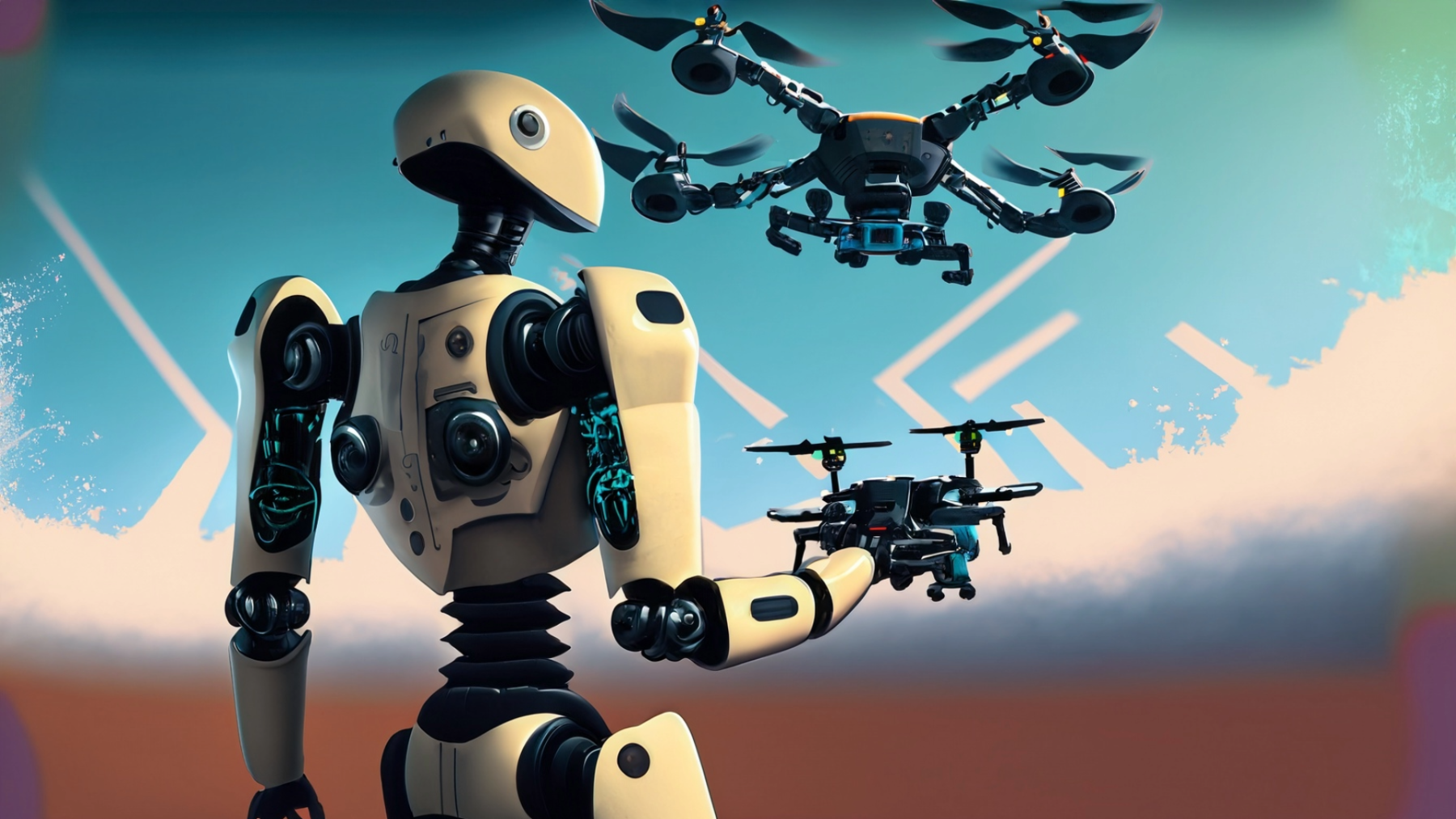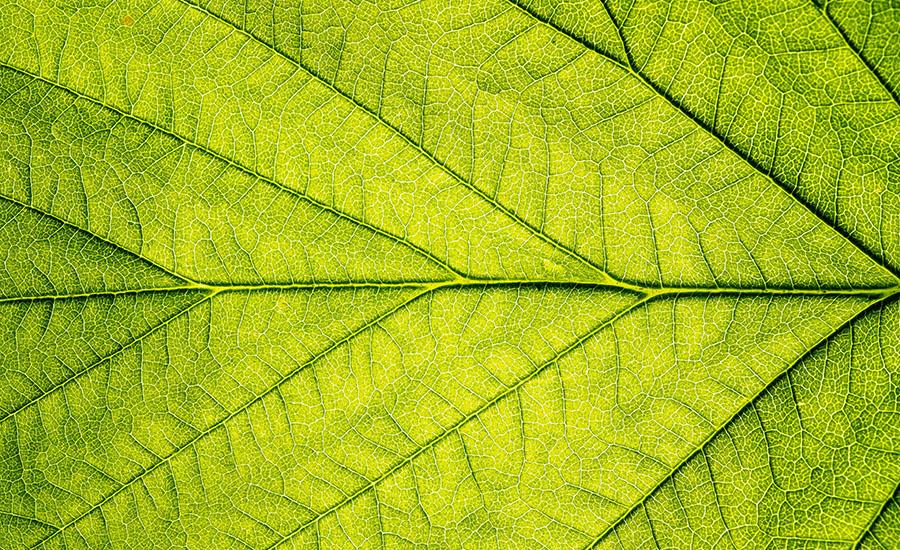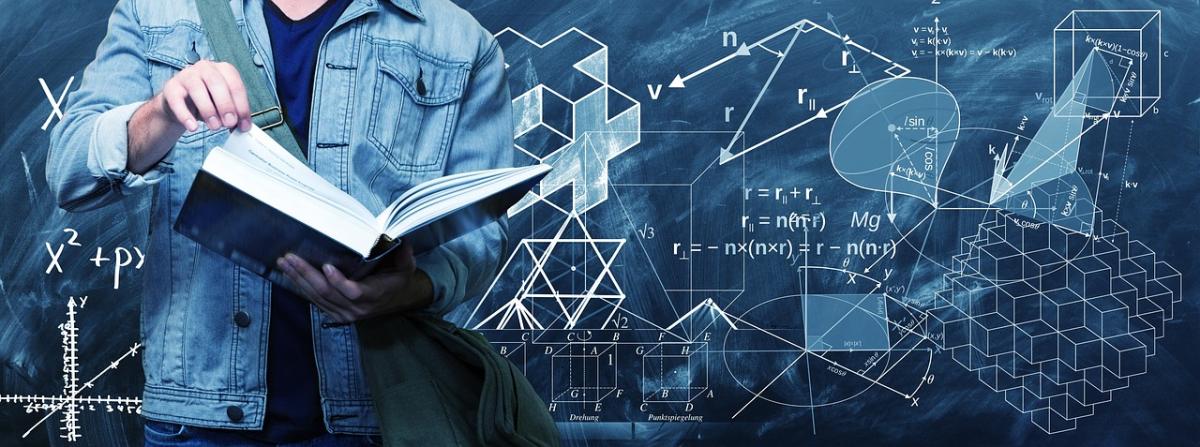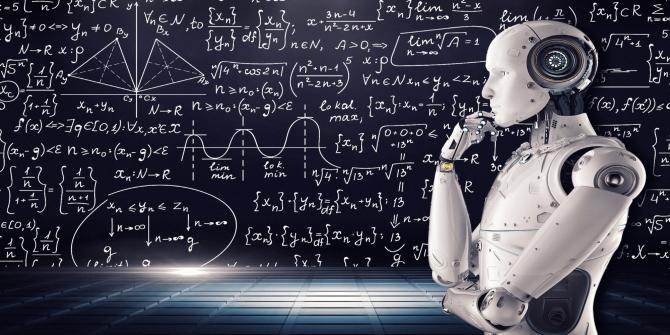
Developing Predictive Models
by Amanda Sibley
In this lesson students will collect data on the performance of their drone. Students will design a systematic process of data collection that will then lead to the development of a predictive model that they can use to predict a power and time duration that would be required to move the drone through a constructed maze. The purpose of this lesson is for students to strategically collect data and look for a regular pattern that can be used to describe that pattern. This will ultimately not be efficient enough to accurately control the drone which will then require learning about coding and sensor integration.
This is lesson 5 in the coding drones lesson sequence.
Lesson Plan Link/URL
https://docs.google.com/presentation/d/153v8ONbPjixow3n64VyymygEJ2shg7Tm/edit?u…Related Content

Grades:
9th Grade, 10th Grade, 11th Grade, 12th Grade
Using the Introduction to Hydroponics lab, introduce students to the features of the Hydroponic Systems. Students will explore the different types of grow mediums and grow lights used in the systems

Grades:
9th Grade, 10th Grade, 11th Grade, 12th Grade
This lesson builds on student understanding of what how box plots summarize data sets and develops student knowledge of how to compare two sets of data using box plots and their five number summaries

Grades:
9th Grade, 10th Grade, 11th Grade, 12th Grade
Description: Students will use Google’s TeachableMachine website to create an artificial intelligence image recognition model that recognizes various facial emotions (~4 facial expressions), such as